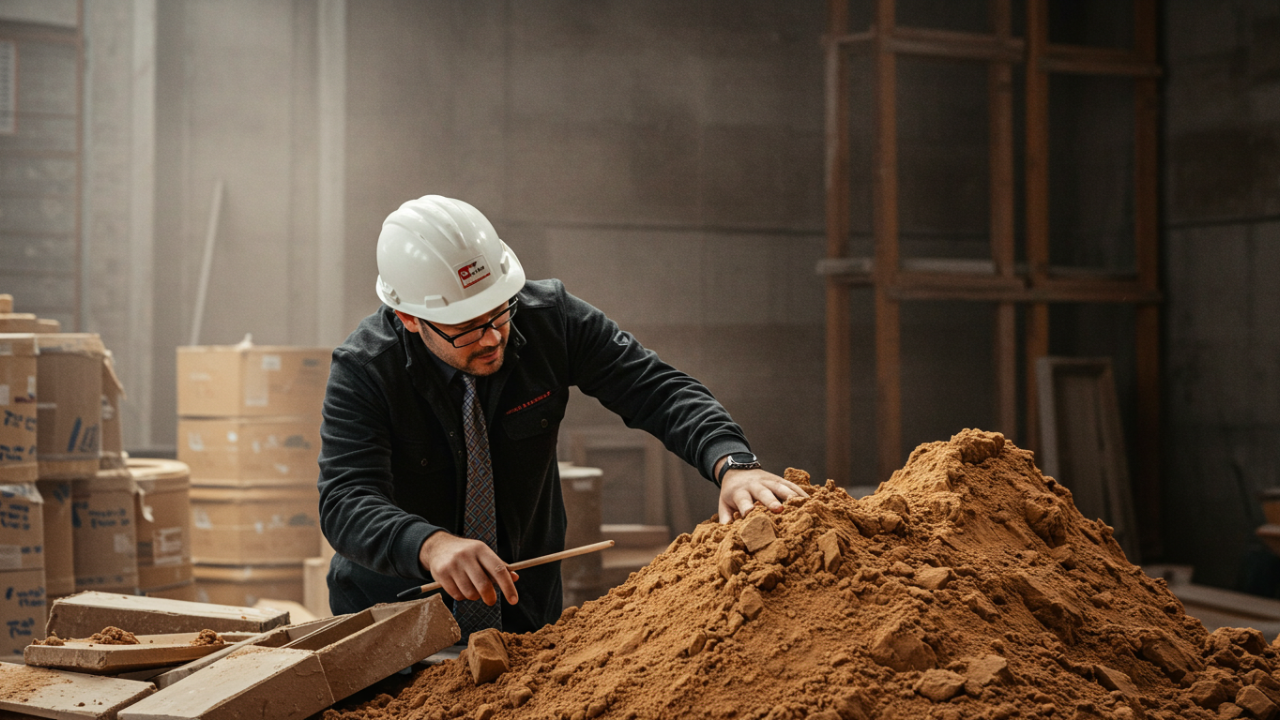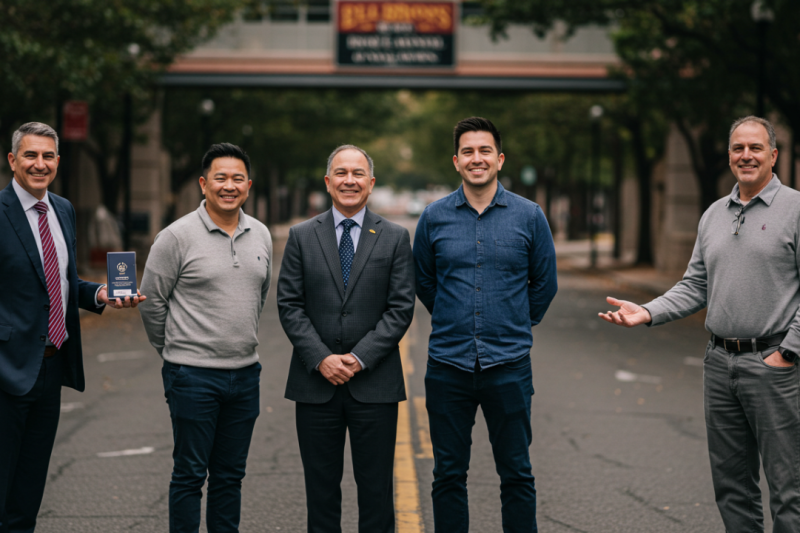Understanding Construction Accidents
Construction sites are inherently hazardous environments where workers face numerous risks daily. Accidents in this sector can result in severe injuries, long-term disabilities, or even fatalities, often stemming from equipment malfunctions, unsafe working conditions, or human error. Seeking legal assistance from a specialized construction accident lawyer is essential for protecting one’s rights and securing appropriate compensation. This article provides a comprehensive overview of common accident types, legal entitlements, methods for locating qualified attorneys locally, and the procedural steps involved in pursuing a claim.
Common Types of Construction Accidents
Construction accidents vary widely but frequently fall into several well-documented categories. The Occupational Safety and Health Administration (OSHA) identifies four primary causes of fatalities, known as the “Fatal Four,” which account for a significant portion of deaths in the industry.
Falls from Heights
Falls represent one of the most prevalent risks, often occurring from ladders, scaffolds, roofs, or unprotected edges. These incidents can lead to traumatic brain injuries, spinal cord damage, or broken bones. Preventive measures include proper use of fall protection equipment and regular site inspections.
Struck-by Incidents
Workers may be struck by falling objects, swinging machinery, or vehicles on site. Such accidents commonly involve tools, debris, or heavy materials, resulting in concussions, fractures, or internal injuries. Ensuring clear communication and secure storage of materials can mitigate these hazards.
Electrocutions
Contact with live wires, faulty electrical systems, or power lines poses a severe threat. Electrocutions can cause burns, cardiac arrest, or neurological damage. Adherence to lockout/tagout procedures and grounding of equipment is critical for prevention.
Caught-in or Between Accidents
These occur when workers are compressed between machinery parts, trapped in collapsing trenches, or pinned by vehicles. Injuries often include amputations or crush syndromes. Proper training on equipment operation and trench shoring techniques is vital.
Other notable types include slips and trips due to uneven surfaces or debris, equipment-related mishaps such as forklift overturns, and fires or explosions from flammable materials. Awareness of these risks enables workers and employers to implement effective safety protocols.

Recent Statistics on Construction Accidents
As of 2025, construction remains one of the most dangerous industries in the United States. Falls, slips, and trips account for approximately 31% of injuries in construction, with falls alone responsible for about 38.5% of fatalities in the sector. In 2023, the industry saw over 5,000 fatal work injuries nationwide, with construction accounting for roughly 20.8% of all workplace deaths. These figures underscore the urgency of robust safety standards and timely legal intervention following incidents.
Your Legal Rights After a Construction Accident
In the United States, workers injured on construction sites possess several legal protections designed to ensure fair treatment and financial recovery. Federal law, enforced by OSHA, mandates that employers maintain a workplace free from recognized hazards, granting employees the right to report unsafe conditions without retaliation.
Workers’ Compensation Benefits
Most states require employers to carry workers’ compensation insurance, providing no-fault coverage for medical expenses, lost wages, and rehabilitation costs. This system allows injured workers to receive benefits regardless of fault, though it typically limits the ability to sue the employer directly.
Third-Party Liability Claims
If negligence by a third party—such as a subcontractor, equipment manufacturer, or property owner—contributed to the accident, victims may pursue personal injury lawsuits. These claims can yield additional compensation for pain and suffering, which workers’ compensation often excludes. Documenting the incident thoroughly, including photographs and witness statements, strengthens such cases.
Additional Protections
Victims also have the right to seek medical attention immediately and retain records for potential claims. Consulting legal counsel early ensures compliance with statutes of limitations, which vary by state but generally range from one to three years.
Finding a Construction Accident Lawyer Near You
Locating a competent lawyer specializing in construction accidents requires a systematic approach to ensure alignment with your specific needs.
Steps to Locate Local Attorneys
Begin by utilizing online directories such as FindLaw or Justia, which list attorneys by location and practice area. Enter search terms like “construction accident lawyer” combined with your city or county. Professional associations, including state bar organizations, offer referral services. Additionally, seek recommendations from trusted colleagues or review client testimonials on platforms like Avvo. Many firms provide free initial consultations, allowing you to assess suitability without commitment.
Qualities to Look for in a Lawyer
Prioritize attorneys with extensive experience in construction-related cases, ideally spanning several years and including a high success rate in settlements or trials. Evaluate their track record through case outcomes and peer reviews. Key attributes include strong negotiation skills, familiarity with OSHA regulations, and a compassionate approach to client communication. Inquire about their willingness to proceed to court if negotiations fail, as this demonstrates preparedness for complex litigation.
The Claims Process for Construction Accidents
Pursuing compensation involves a structured sequence of actions to build a solid case.
Immediate Actions Post-Accident
Report the incident to your employer promptly and seek medical evaluation, even for seemingly minor injuries, to establish a record. Collect evidence, such as site photographs, equipment details, and witness contacts.
Consulting and Filing the Claim
Engage a lawyer for an initial review, during which they will assess viability and guide you through filing a workers’ compensation claim or lawsuit. The attorney will investigate, gathering expert testimonies and safety reports.
Negotiation and Resolution
Most cases resolve through negotiations with insurers or defendants. If a fair settlement is unattainable, the matter may advance to discovery and trial, where evidence is presented to secure a verdict.
FAQ
What is the statute of limitations for construction accident claims?
The timeframe varies by state and claim type, typically one to three years from the injury date. Consult a local attorney to confirm applicable deadlines.
Can I sue my employer for a construction accident?
Generally, workers’ compensation precludes suing employers, but exceptions exist for gross negligence. Third-party claims against others remain viable.
How much does hiring a construction accident lawyer cost?
Many operate on a contingency fee basis, meaning payment only upon successful recovery, often 30-40% of the settlement.
What compensation can I expect from a construction accident claim?
Recoverable damages include medical bills, lost income, rehabilitation, and non-economic losses like pain and suffering in third-party suits.
Do I need a lawyer if I only file for workers’ compensation?
While not mandatory, legal representation ensures maximum benefits and addresses any denials or underpayments effectively.



